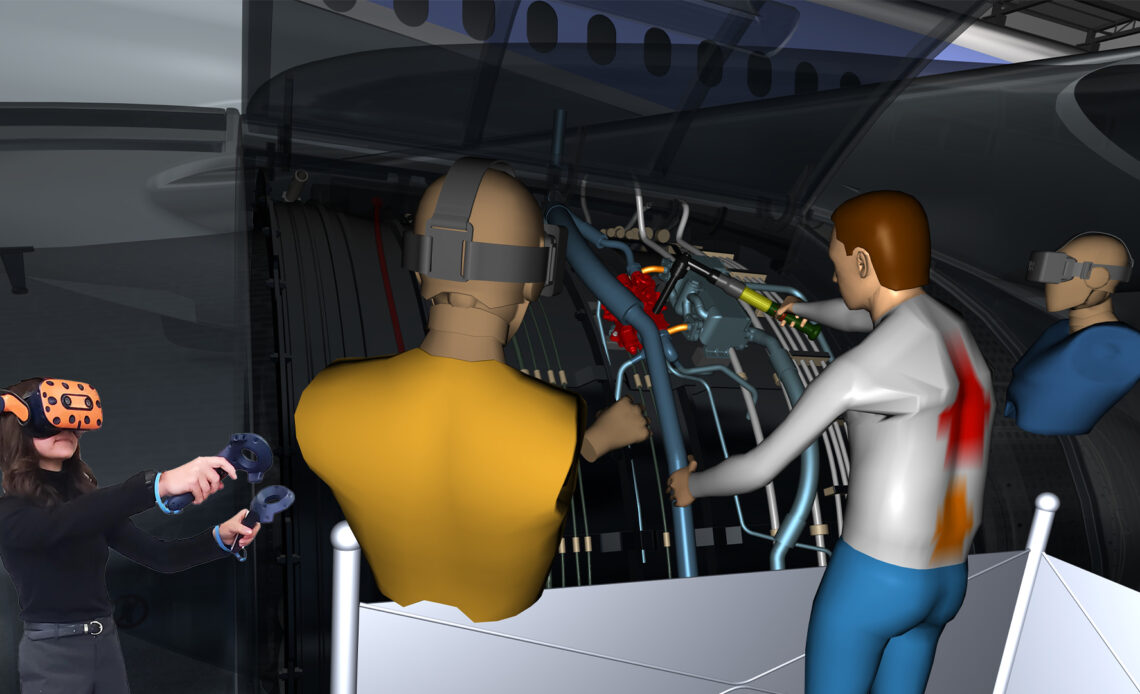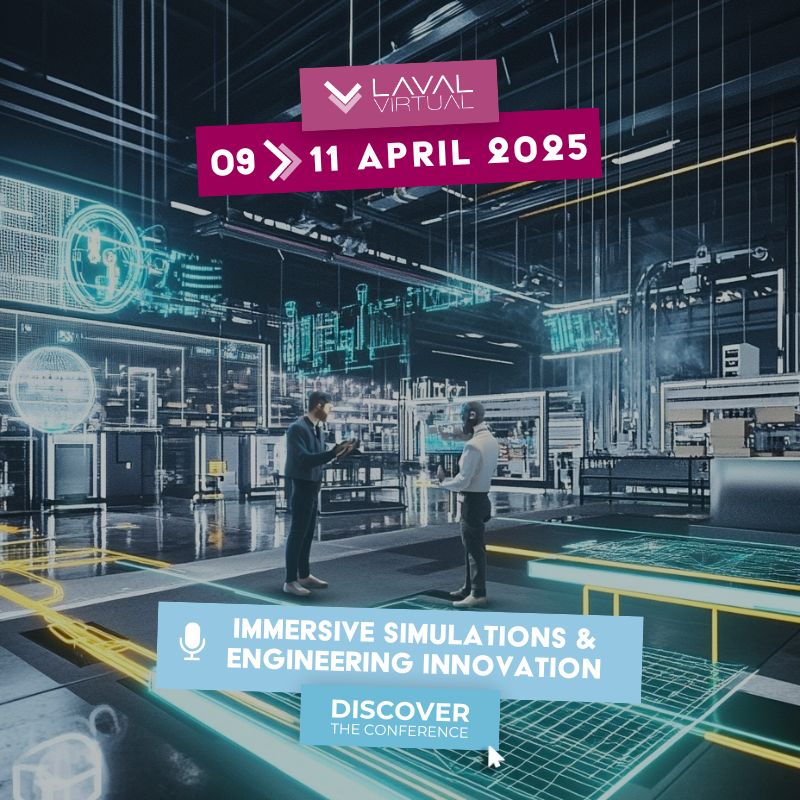
50 years ago, ESI Group began its activity in consulting and software editing.
Crédits photos : ESI Group
ESI Group’s history began with its consulting business, before turning to simulation software a few years later. In the 2010s, the company turned its attention to virtual reality. 50 years after its foundation, ESI Group is one of the world leaders in industrial virtual prototyping. ESI Group is exhibiting at Laval Virtual on April 10-12, 2024, on booth B11. Interview with Romeo Sanches, Technical Manager.
Can you introduce your company?
ESI Group, a Keysight Technologies company, provides reliable, tailored solutions based on predictive physical modeling and virtual prototyping expertise. Primarily serving the automotive, ground transportation, aerospace & defense, and heavy industrial markets, ESI enables engineers to simulate mechanical designs, intelligent manufacturing processes, and human-centered workflows to help them make better decisions earlier in the product lifecycle. Keysight is an S&P 500 company that provides advanced design, emulation and test solutions to help engineers accelerate product development and deployment, while reducing risk, at every stage of the product lifecycle.
What will your company show at Laval Virtual 2024?
ESI will be unveiling the latest features of its IC.IDO solution, highlighting a new approach to validating human-centred processes in a fully collaborative, co-located virtual environment. This method makes it easy to run complex scenarios, offering optimum comfort for participants thanks to the use of wireless headsets in a dedicated workspace, with the option of controlling the session from a tablet. On our booth, we will be presenting a system enabling three participants to simultaneously experience a design review in XR (compatible with the Meta Quest 3 pass-through mode).
What is your company’s current project?
ESI Group is fully engaged in several projects aimed at improving the fidelity of IC.IDO’s virtual simulation by more accurately reproducing the real behaviors of materials when assembled or disassembled. We also believe that our efforts to integrate data from PLM solutions will further anchor virtual reality digital prototyping in our customers’ decision-making processes. ESI Group continues to develop IC.IDO Colab to make this experience even more collaborative and user-friendly. In summary, our areas of innovation for IC.IDO support our main objective: to offer an industrial solution that is as accurate, integrated and accessible as possible with today’s technologies.
What innovation do you think has most transformed the world of VR/AR?
It is difficult to identify a single innovation in the history of virtual and augmented reality on a time scale. Each phase has been characterised by technological advances (performance, miniaturisation, realistic rendering, etc.). However, if I had to choose one, it would perhaps be the emergence of the generation of headsets that enable both VR and AR to be used with the same device, marking a new era in the democratisation of XR. Beyond the technological aspect, for me it’s above all a piece of equipment that considerably broadens the range of use cases and allows any user, whatever their level of experience in virtual reality, to explore new use cases and stay longer in an XR environment.
The baseline of our 26th edition is “Act For The Future”. In your opinion, how can immersive technologies impact the world of tomorrow?
Our vision with IC.IDO is to help our customers ensure that their future products or production tools are designed to guarantee the comfort and safety of the human beings who will be using them. IC.IDO and other immersive technologies will make it possible to take into account the non-predictive side of humans and combine it with the predictive modelling aspect of digital twins. Simulation, however advanced it may be, will need to be confronted with humans and their sometimes unpredictable reactions/interactions: immersion in simulation makes it possible to put into situation and validate varied and individualised human behaviours.
Once the world of tomorrow has fully embraced digital twins or artificial intelligence (a trend that is gaining momentum even if it is still largely surrounded by excitement in many cases), the XR will also occupy a crucial place as the human-machine interface with these technologies. To sum up, in tomorrow’s even more digital world, immersive technologies will surely be present to put humans at the centre of decision-making and, hopefully, steer us towards a more sustainable world.



